Do you want to stand out with your business in a particular niche? We can all agree that the business world is highly competitive. If you are feeling overwhelmed when trying to analyze your competitors, competitor mapping can simplify the process for you. In this blog, we will explain competitor mapping in detail.
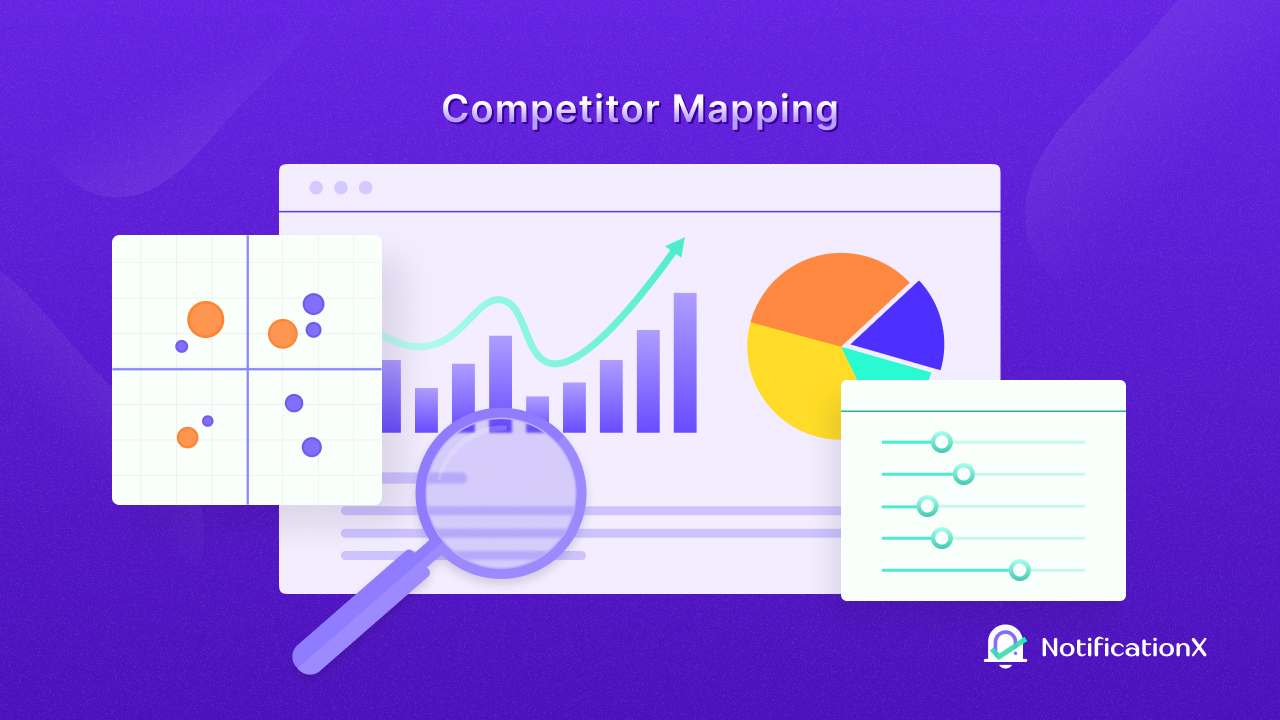
Competitor mapping is a widely used tool that lets you have a better understanding of your competitors. By analyzing their capabilities and shortcomings, you can come up with more effective plans for your business. Today, we will show you some key benefits of this tool and how you can create one yourself.
What Is Competitor Mapping? (with Examples)
Competitor mapping is an analysis tool that lets you identify, assess and compare competitors to your business. Moreover, you have a visual representation. Mapping the competitive landscape will give you a crystal clear idea. There are many ways to approach this. So, we will share some common competitor mapping examples now.
1. SWOT Analysis
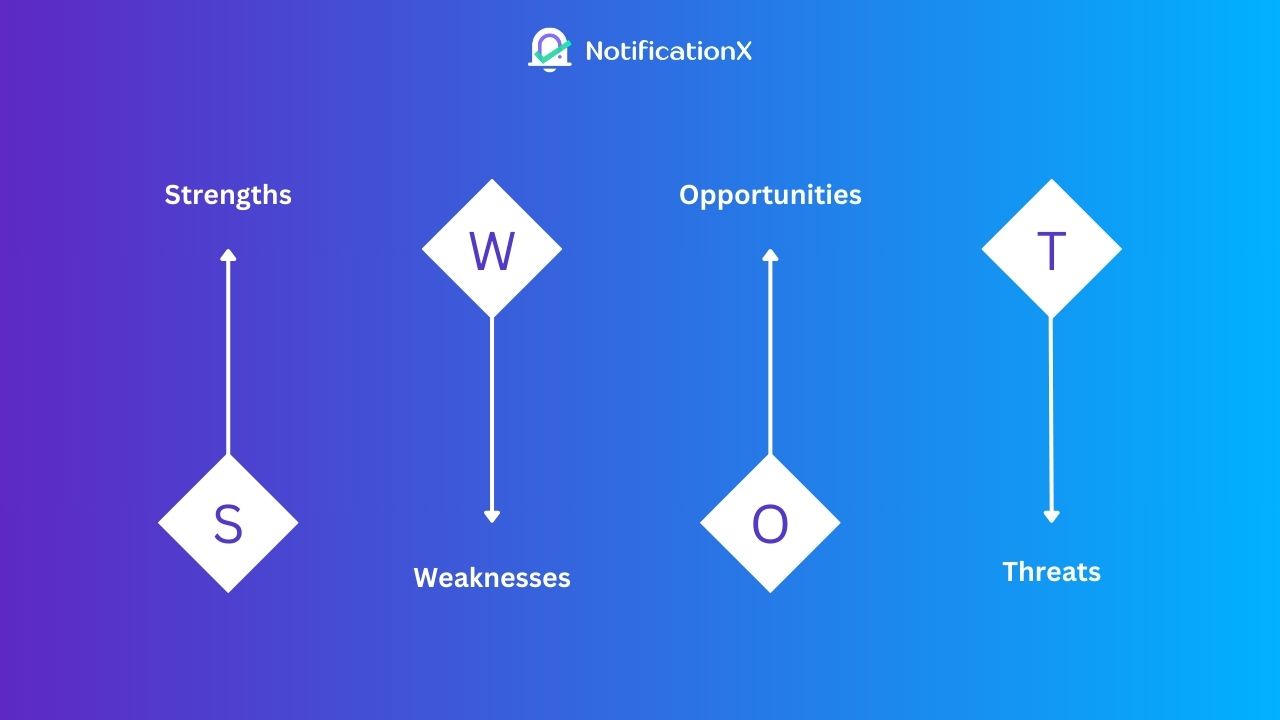
SWOT analysis is one of the most widespread competitor analysis tools out there. In fact, it is one of the first topics discussed in business schools. We will now describe it in a nutshell. SWOT analysis focuses on listing the following for each competitor:
- Strengths: What the organization is doing great right now. For example: The performance of the company’s marketing team is very good.
- Weaknesses: Areas where the business can improve. For example: The company’s website is in poor condition.
- Opportunities: Where the organization can do better in the future. For example: The business has the resources to expand its sales campaigns.
- Threats: Future issues that might negatively affect the business. For example: The marketing ROI has been decreasing for the last 5 years.
This method for competitor mapping lets you easily compare and plan actions in the above-mentioned important areas. The downside is that each factor of SWOT can sometimes be too broad.
2. Six C Analysis
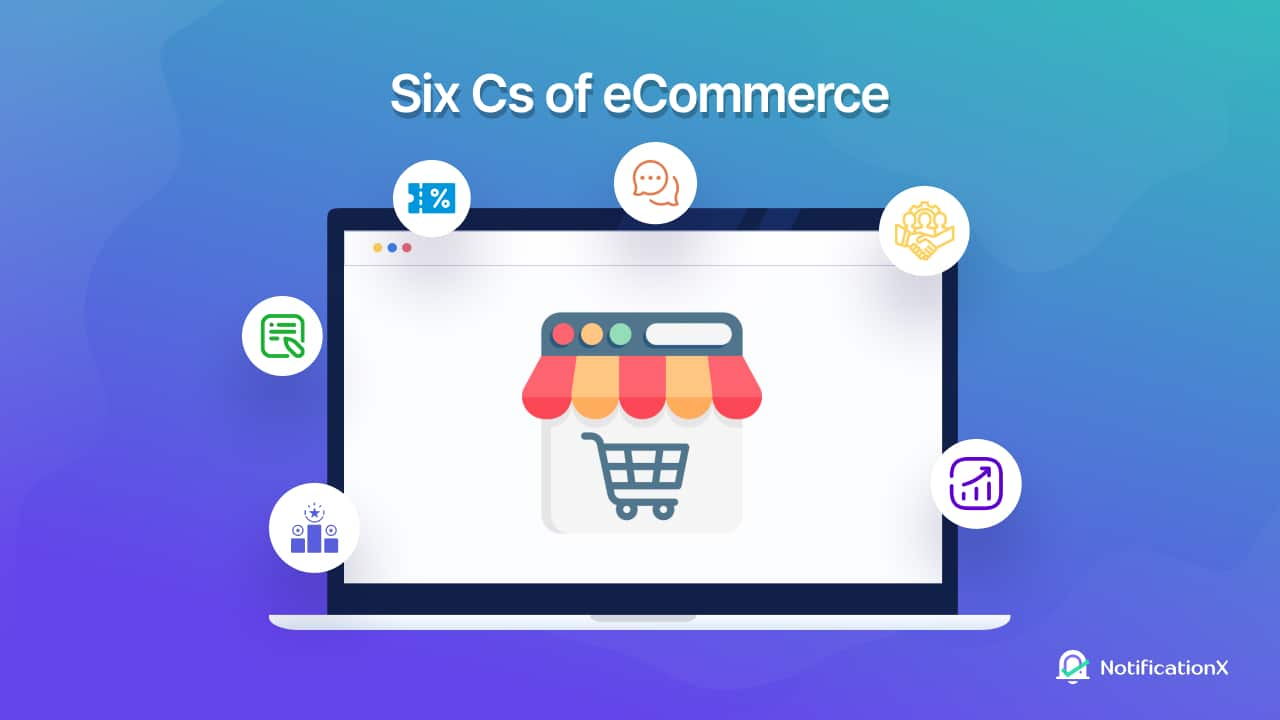
Next, we have the Six C analysis. This approach is popular among eCommerce businesses. It considers six factors namely Content, Communication, Coupons, Convenience, Collaboration and Competition. Let us take a better look at each:
- Content: The overall quality of the content used.
- Communication: The effectiveness of the business communication.
- Coupons: Is the business using coupons or vouchers for sales?
- Convenience: The level of convenience the customers are experiencing.
- Collaboration: Is the business collaborating with influencers or other partners?
- Competition: How do the business and its offerings stand out?
As you can see, this analysis method covers six significant areas that you can use for competitor mapping. Read our blog for more details about the Six C analysis.
3. Competitor Comparison Table
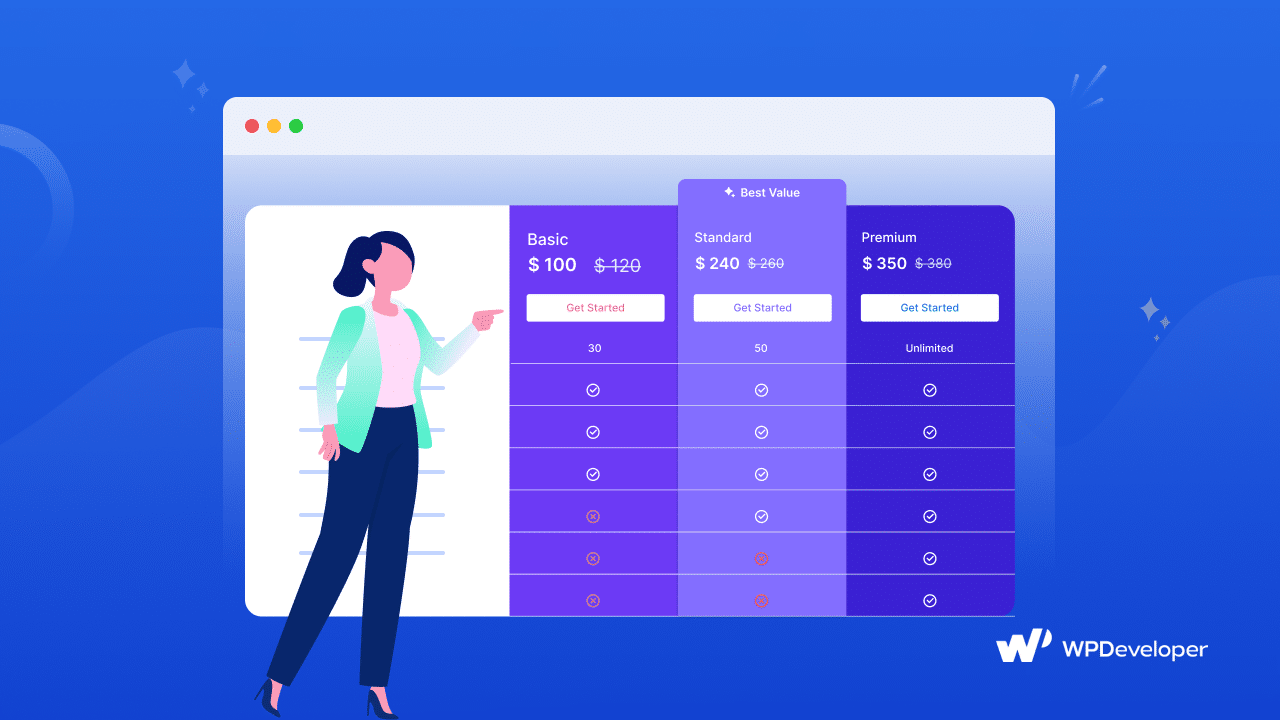
You can also opt for a simple comparison table. List down all the important metric names in rows. Then enter the information for each competitor as columns. It may seem simple but can be very effective when dealing with numerous factors. Try to hyperlink or leave comments in the cells wherever necessary.
5 Main Benefits of Competitor Mapping
As mentioned previously, competition mapping can be a very helpful business tool. We will now explore the key benefits one by one.
1. Better Understanding of the Industry
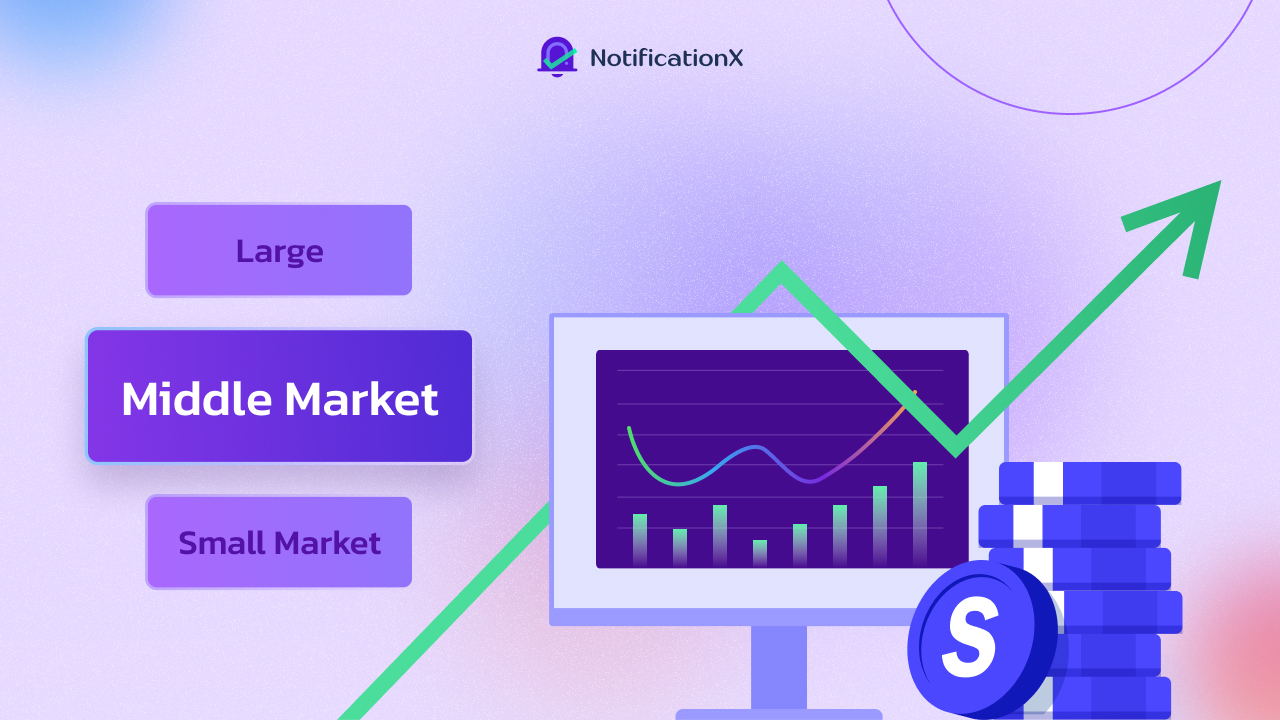
The first benefit is you get to have a clear picture of the industry and its various niches. Moreover, you can identify the key stakeholders, including suppliers, distributors, retailers and more. Besides, you can analyze crucial factors like large, small and mid-market sales if needed. To sum it up, you get to have a guide to the industry.
2. In-Depth Overall Analysis of Competitors
You can also evaluate the performance of your competitors on a much deeper level. You can spot their loopholes and identify new opportunities. If you make your business better in the areas where your competitors lack, you will be able to build a strong advantage. So, you will be much better prepared for the competition.
3. Useful Insights for Further Optimization
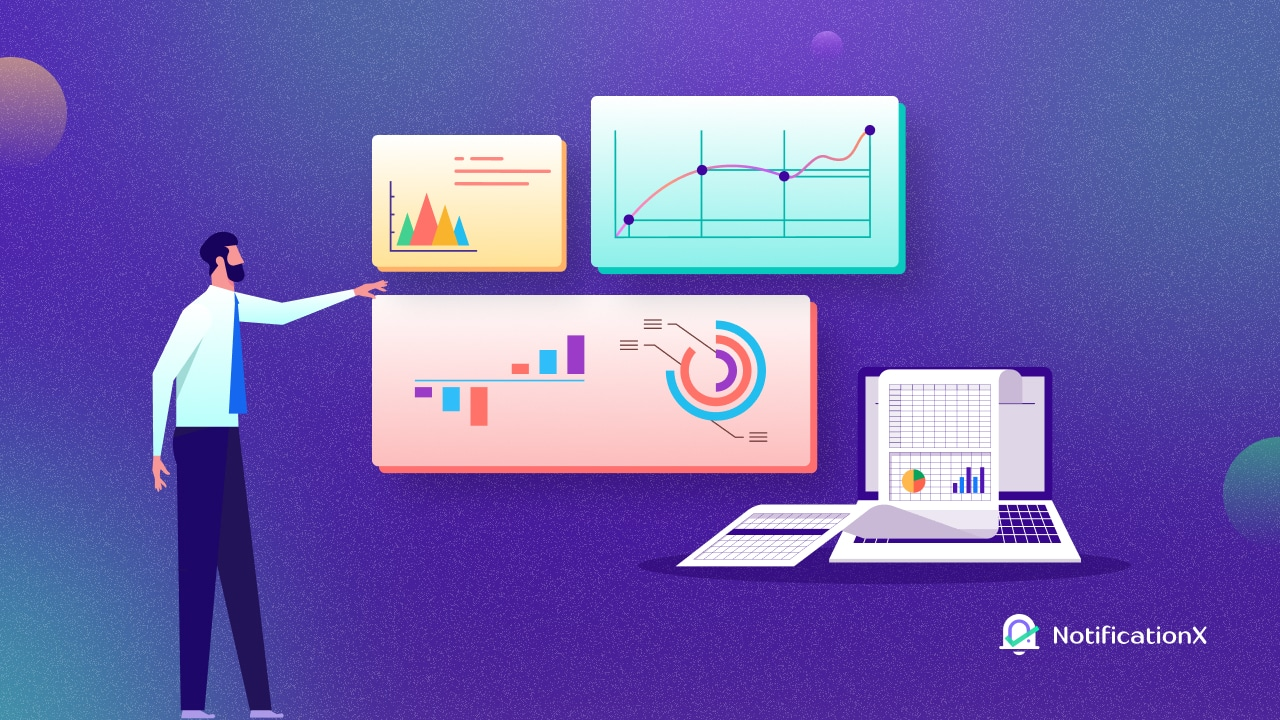
Competitor mapping provides valuable insights that you might miss normally. From marketing and sales performance to online presence and product features, you can compare many things at once. So, you will obtain key business trends. You can find out what the customers are actually looking for. This can be a significant game changer for your business in the long run.
4. Effective Analysis of Competitors’ Online Presence
A good online presence is more important than ever. This means you need to have a well-optimized website, an organized email marketing system and a powerful social media presence. If you find any limitations in your competitors’ online strategy, you can do better in those areas. You can also come up with unique ideas with your web developers, designers and digital marketers.
5. Identification of Newer Opportunities
You can also find the opportunity to adopt a blue ocean strategy. This modern concept refers to creating new markets through differentiation and lower costs. Instead of tackling the competitors head-on, you can use untapped opportunities to your advantage. Effective competitor mapping can be a great way to find these opportunities.
A Quick Guide on How to Create Competitor Mapping
We will now show you how to create a competitor mapping to reap its benefits. So, let us go through each step.
Step 1: Identify All Your Potential Competitor Types
First of all, identify the right competitors for your business. Instead of analyzing hundreds of irrelevant businesses, you should list the ones that actually matter. Then, categorize them into three classes:
- Direct: Businesses that closely match your business model and product or service features.
- Indirect: Businesses that have a different model but compete to grab your target audience.
- Emerging: New types of competitors that might compete with your offerings.
Suppose, you run a news website. Other news websites and newspaper companies will be your direct competitors. Social media platforms like Facebook, YouTube and TikTok will be your indirect competitors. Rising platforms like Discord will be your indirect competitors.
Step 2: Select Specific Areas for Analysis
Next, make a list of the focus areas to use in the competitor mapping. You can choose to analyze and compare pricing, product or service features, marketing strategy and others. Remember that you do not have to compare everything in one analysis. If required, you can include the most important ones in one phase. You can prioritize the less important ones later. We will discuss various important focus areas later in this blog.
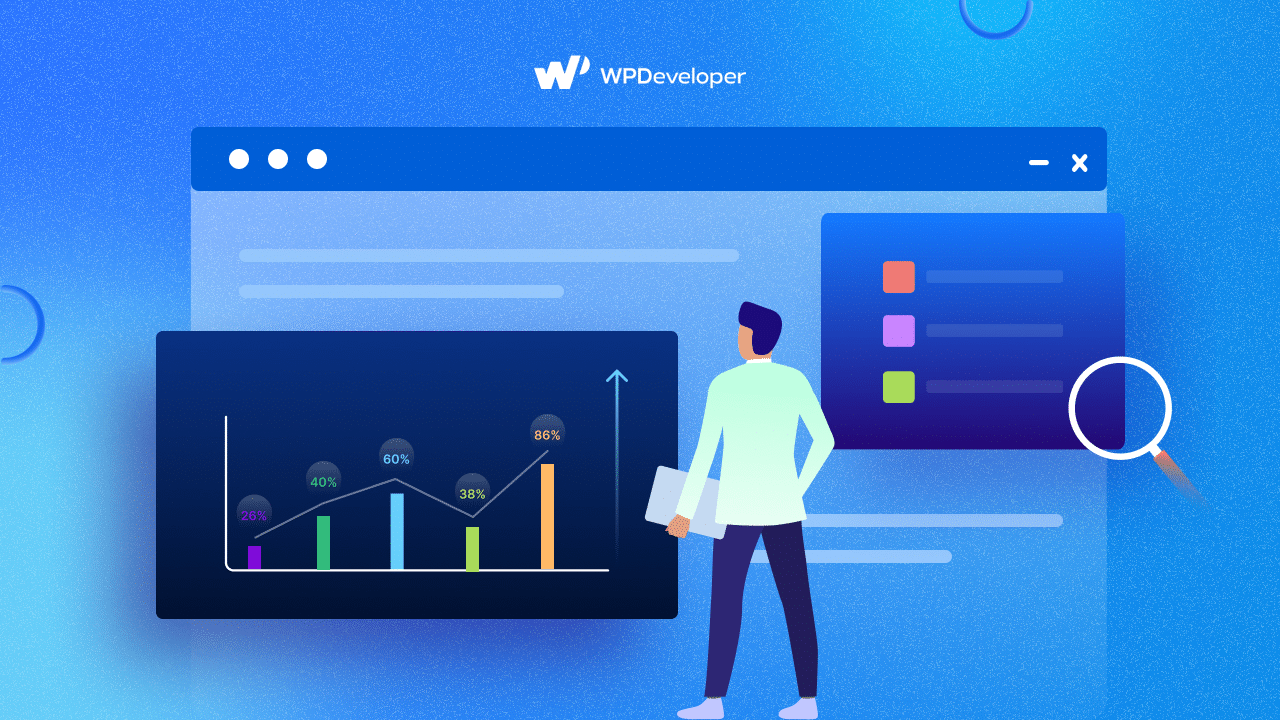
Step 3: Use a Competitor Mapping Method
Now, input the collected data for your selected focus areas using a competitor mapping method. You can choose from previously mentioned models like SWOT analysis, competitor comparison table or Six C analysis. You can also select from other methods such as competitor positioning map or combine multiple models.
As you can see in the image below, we have used a SWOT analysis chart to map two different competitors. We have also included another column named ‘What We Should Do’ based on the analysis.
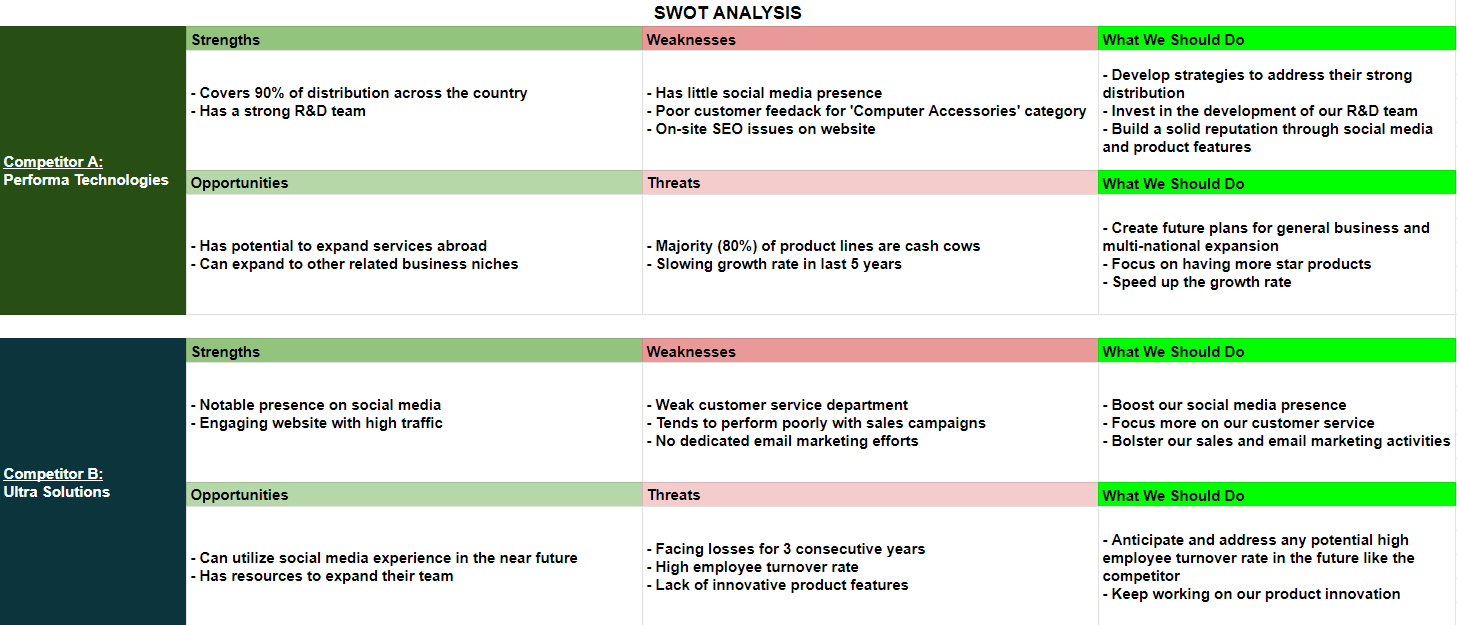
What to Do Next?
Competitor mapping is just a piece of the puzzle. Once you have identified key areas for improvement and opportunities, you have to implement them in your business. Remember to update the results of the analysis over time. You can also conduct multiple analyses at regular intervals. This will help you monitor changes in the industry and anticipate your competitors’ moves.
We have already discussed the role of choosing focus areas during analysis. We will now show more examples that you can consider.
1. Customer Response
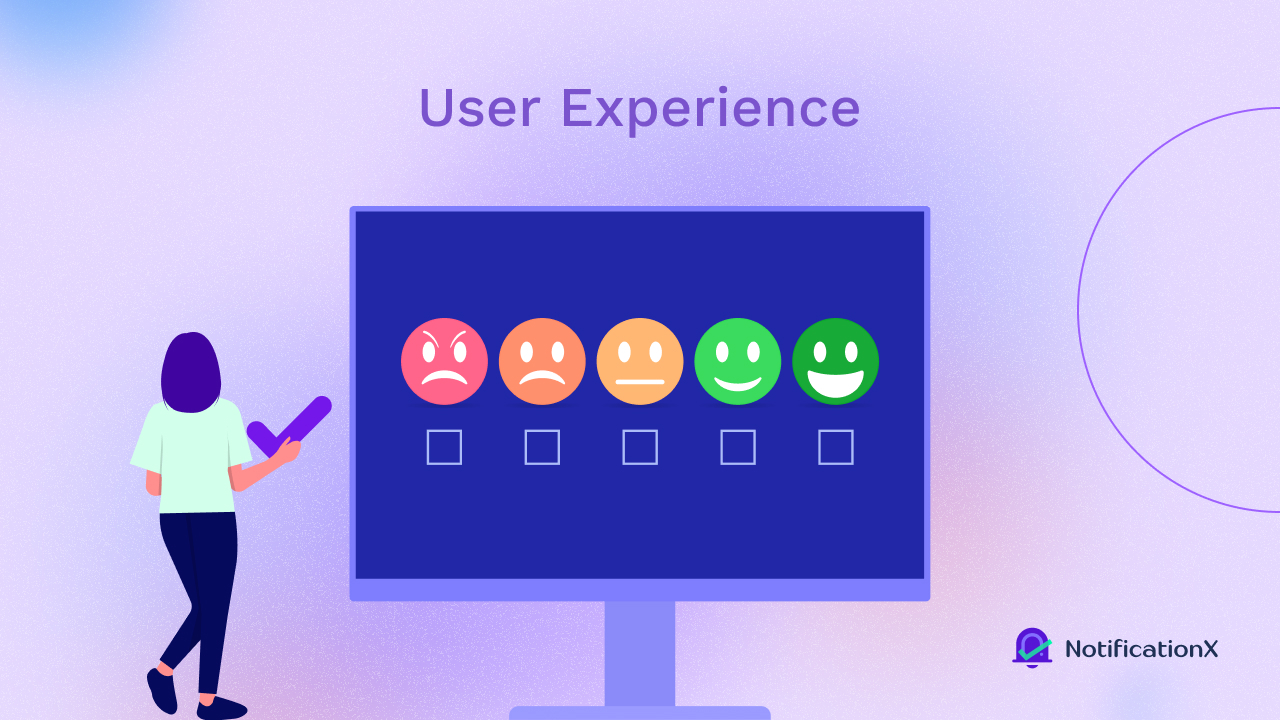
Customer feedback is one of the most important aspects you need to analyze. So, you can definitely use it to map your competitors. It is said in business: ‘Customer is king’. So, you should strive to provide excellent customer service. Competitor mapping will also let you know if your competitors are doing good or bad in this area.
2. Features & Benefits
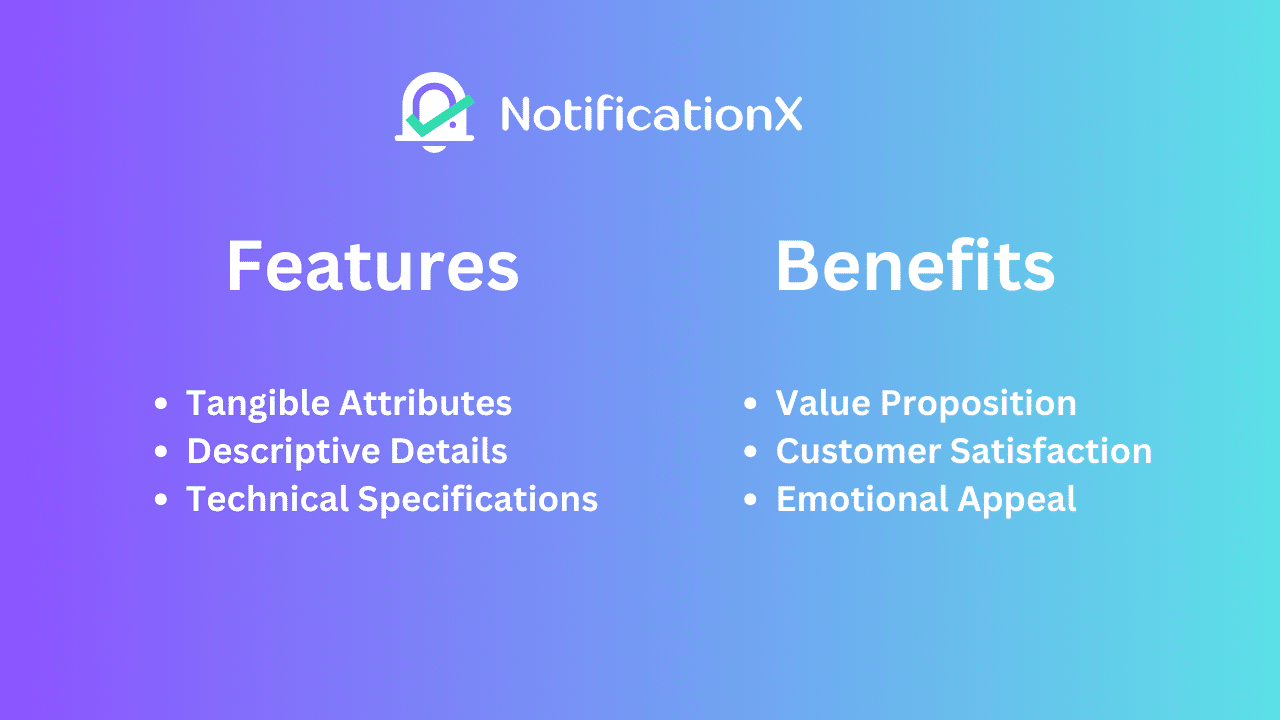
の features and benefits of products or services are also frequently used while mapping competitors. Suppose, you have a t-shirt store. Through competitor mapping, you can aim to identify the fabrics your competitors are using and their unique benefits (if any). This is very important for long-term business success.
3. Pricing
Pricing is another core factor to focus on during analysis. Find out and compare the various pricing models used by your competitors. Classify their pricing into categories like regular pricing, offers, discounts, sales campaign prices etc. Divide them according to their strategies: low, average, premium and luxury pricing. Connect all these with other variables to see if you can optimize your prices accordingly.
4. Marketing
Marketing is one of the common focus areas used in competitor mapping. From large brands to small and medium-sized companies, almost all businesses market their products in different ways. When analyzing your competitors’ marketing, identify the different approaches they take. Evaluate their marketing performance in both digital and offline media.
5. Distribution

New business owners often overlook the impact of distribution. Whether you are starting out or expanding, distribution is crucial for physical products or services. So, analyze how well your competitors are doing in this regard. Find out more about their supply chain. Try to understand their distribution partners and processes.
Use Competitor Mapping to Stay Ahead of the Curve
Competitor mapping can be a very effective tool to stand out among your competitors. Today, it has become almost essential to analyze competitors. It gives you a clear idea of the industry and important trends. You can also obtain helpful insights and trends by using it. So, we highly recommend it for any business.
Subscribe to our blogs そして Facebookコミュニティに参加 to stay updated with the latest news and trends. All the best!
Frequently Asked Questions (FAQs)
We will now go through some common questions. These FAQs will clear up any confusion you might have.
1. What are some common competitor mapping examples?
Some common competitor mapping examples are SWOT analysis, Six C analysis, competitor comparison table and competitor positioning map. There are numerous other methods so feel free to experiment with several ones.
2. What are some of the benefits of competitor mapping?
With competitor mapping, you get a better understanding of the industry and your competitors’ activities. You can also obtain useful insights, trends and opportunities through this analysis. As a result, you get to develop a more effective competitive strategy in your niche.
3. What are some focus areas that one can consider in competitor mapping?
Some important focus areas that you can consider are customer feedback, features and benefits of products or services, pricing, marketing and distribution. Please do some research to find out other relevant and important focus areas for your business.
4. Can you provide some tips for mapping competitors?
Sure. Try not to make the process too complicated. Remember that competitor mapping is supposed to give you a simplified visual analysis. So, choose the most important focus areas and analyze your competitors accordingly.
5. Can you recommend a WordPress marketing plugin or tool?
We highly recommend using NotificationX. It is a feature-packed WordPress marketing plugin that lets you place engaging notification types and get additional features like analytics, reports and more for your WordPress website.




